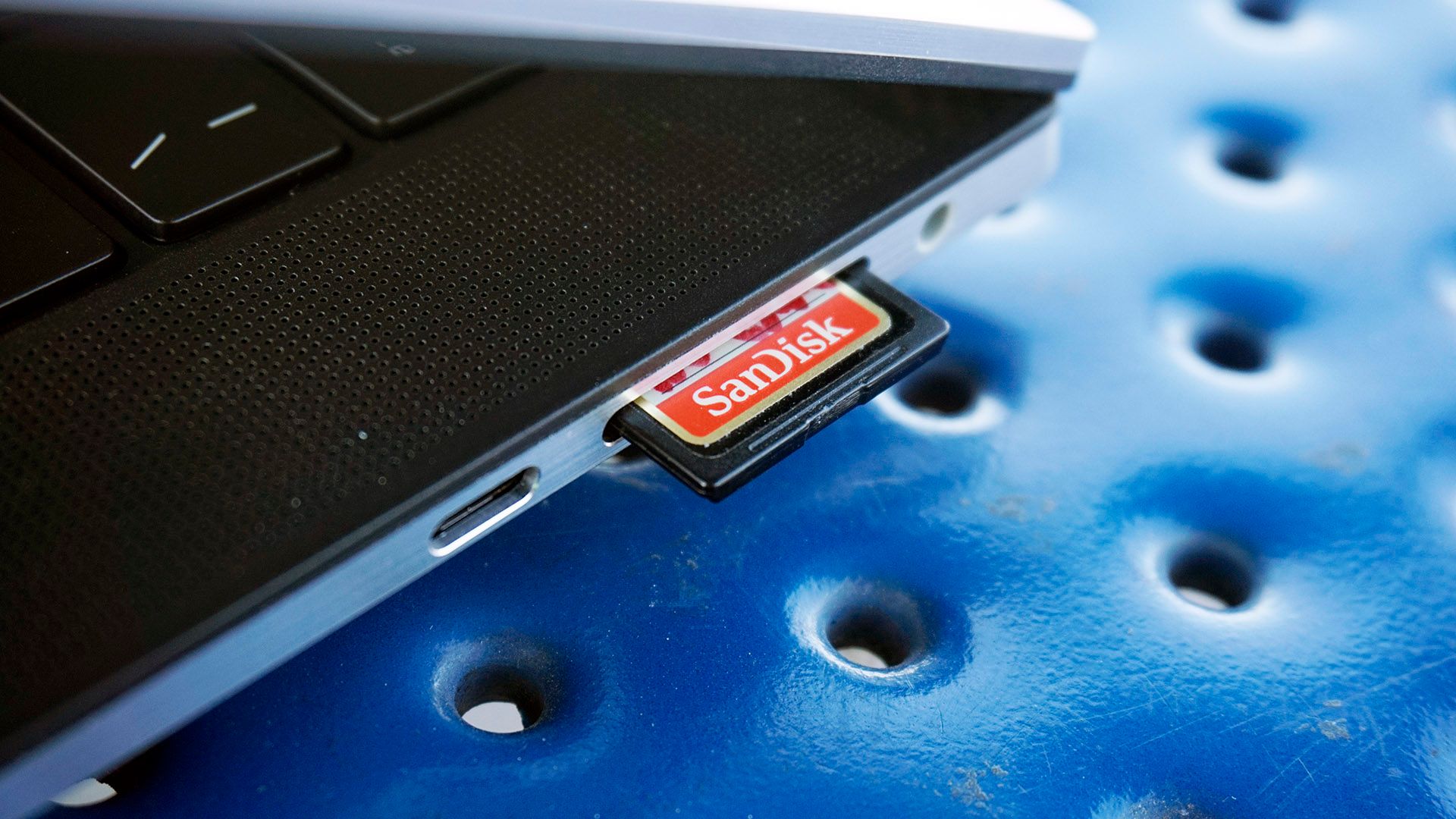Ubuntu’s open-source nature makes it, like any Linux distribution, extremely flexible. Not only can it boot from external storage rather than your PC’s interal storage, but also there are multiple ways to do this. We’re listing a few external boot methods so you can choose the best for your Ubuntu setup.
Keep in mind that installing Ubuntu on an external drive is different from using a USB stick as a live disk. Live disks are portable “semi-installations” designed to allow people to try Ubuntu, test hardware compatibility, or just use the system for quick navigation on public computers.
Because of that, live disks use different methods to boot. An external Ubuntu installation in contrast uses an ISO or a bootable USB live disk to install the system on another USB drive for a more permanent but still portable operating system.
Should I Boot Ubuntu From External Storage?
Whether or not you should boot Ubuntu from an external disk depends in part on your performance requirements as well as the limitations of your hardware.
Installing an operating system (OS) on your computer is relatively simple nowadays. However, doing the same on a removable drive is a bit trickier.
The first issue is the drive’s speed. Out of the box, Ubuntu is somewhat light—traditional live disks run considerably snappy from USB 2.0 ports. But if you want to apply themes, install lots of apps, or just store files alongside the OS, it may get slower over time, and that happens quickly and more notably if your drive isn’t fast enough.
If you’re okay with that, or if your computer has faster ports, installing Ubuntu to external disks is mostly the same as to an internal drive. It may require a couple of additional steps, though, so be prepared for some technical work.
Method 1: Make an Ubuntu Live Disk With a Persistent Partition
To be fair, this isn’t exactly installing Ubuntu on an external disk. However, it’s the best option if all you want is a portable Ubuntu installation that doesn’t wipe everything at shutdown.
Persistent storage means the drive also has a partition where files can be placed safely. Regular live disks delete all the files and apps when you finish using them.
Other than that, both solutions are the same. For that reason, the installation is also the same.
If you’re on Windows, tools like Ventoy and Rufus do the trick. All you need to do is select the persistent partition if using Rufus—Ventoy has a persistent partition by design. balenaEtcher, the other tool on the linked article, doesn’t have this feature.
If you’re already on Ubuntu, the best method is mkusb. It’s supported by the community and is safe and stable.
Method 2: Installing Ubuntu to External HDDs/SSDs
The requirements to install Ubuntu to an external drive are a USB (or DVD) live disk and an external HDD or SDD.
Running Ubuntu from external storage has several advantages over a live disk with a persistent partition. It boots faster, allows user accounts, and is upgradeable, to name some. All in all, it’s the same as running the system from an internal drive, but you can take it with you and use it on any computer.
Hannah Stryker / Review Geek
This guide on GitHub explains how to install Ubuntu on an external hard drive. For the most part, it’s the same as installing to an internal disk, but it requires you to partition the target HDD or SSD (using GParted on the live disk) before installing.
Make sure the EFI partition is correctly placed on the external storage—the installer may ignore your settings and put it on the internal disk; that’s hit-and-miss.
Method 3: Installing Ubuntu From ISO Without a Live Disk
If you have a single external disk with you, it’s also possible to install Ubuntu directly from the ISO file. That way, you don’t even need to create a live disk.
However, this method is a bit more complex. If you’re on Windows, you’ll need to do some partitioning by hand. If you’re using Ubuntu for that, you may also have to modify the GRUB bootloader.
This post on Ask Ubuntu has a detailed guide to do just that. It assumes that you have an internal disk, but the steps are the same for external drives. The method for UEFI devices works with Windows as well, just use the Disk Management Utility instead of GParted.
Method 4: Installing Ubuntu to a Memory Card
Do you know what’s even more portable than an external HDD, SSD, or even a USB stick? A memory card! And it’s possible to install Ubuntu on an SD card (or MicroSD, for that matter) as well.
But there’s a catch: most regular computers with built-in card readers can’t boot Ubuntu from a memory card. A USB card reader isn’t 100% guaranteed either, but it works far more frequently.
Michael Crider / Review Geek
This post on Ask Ubuntu will guide you step by step. Installing Ubuntu to a memory card is a bit more complex than the previous methods, so be sure to follow that to the letter.
Running Ubuntu from an SD card also has more shortcomings than the other methods. If you don’t use a fast memory card, the system will run even slower than from a live disk. Check our list of the best SD cards to make sure you get a model that fits your needs.
Also, this type of storage is more susceptible to tearing due to limited rewriting cycles. Because of that, it’s recommended not to use swap (or have this partition in another drive, like a USB stick) when installing Ubuntu on a memory card.
Method 5: Virtualized Ubuntu on External Storage
This method doesn’t allow you to boot from the portable Ubuntu installation. But, if your needs may be met by using a virtual machine (VM) or Docker containers, it saves you the time to download the ISO and set up the VM or container.
We have a guide on storing Docker containers on external disks. It requires a bit of tinkering, but it’s perfectly doable.
If you want to store a whole Ubuntu virtual machine in an external disk, it’s extremely simple. Find the folder where your virtualization program stores the VMs, and copy the image file (or folder) of the desired virtual machine to the external disk.
This should be enough to open that virtual machine on any computer (given you use the same program). But always make sure that the other computer has the same (or higher) core count and RAM as the one you used to create the VM. If not, then change this setting before booting the virtual machine.
Ubuntu on an External Disk Makes for a (Really) Portable Installation
Whether you choose an external HDD/SSD, a memory card, a live disk, or even a virtualized installation, Ubuntu shows its flexibility by becoming truly portable. You can just plug in the media of your choice and have a fully functional system in a couple of minutes. Good to keep your internal disk out of trouble, great to carry your own Linux installation around, complete with customizations and preferred apps.
source

